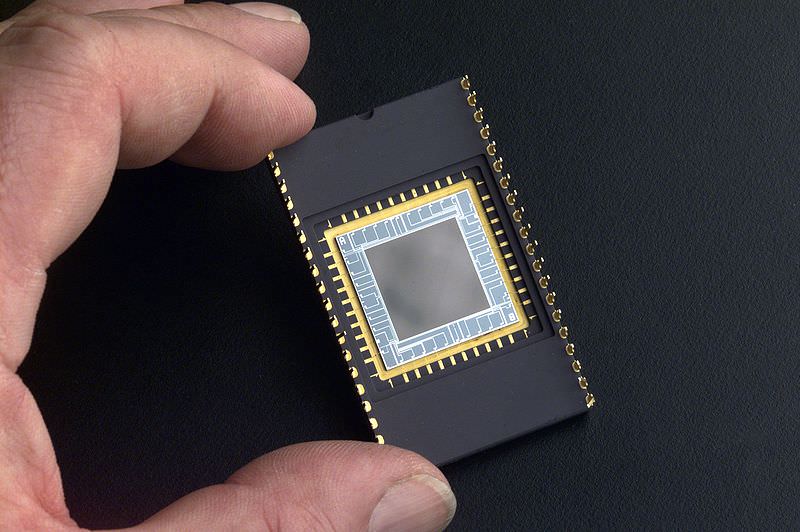[/caption]
Well, actually, the people who invented the first successful imaging technology using a digital sensor, called a CCD (Charge-Coupled Device), have been awarded the Nobel Prize in Physics. In 1969 Willard S. Boyle and George E. Smith came up with the idea “from their own heads,” Smith said, and CCDs revolutionized photography, as light could now be captured electronically instead of on film, and became an irreplaceable tool in astronomy, providing new possibilities to visualize the previously unseen. The device also made it possible for amateur astronomers to rival the professionals in terms of quality astrophotography. CCD technology is also used in many medical applications, e.g. imaging the inside of the human body, both for diagnostics and for microsurgery. Sharing the prize with Boyle and Smith is Charles K. Kao, who in 1966 made a discovery that led to a breakthrough in fiber optics.
Both achievements helped shape the foundations of today’s networked societies.
Read more about the prize here.
Listen to the call where Smith learned he had been awarded the Nobel Prize in Physics.


Congratulations to the scientists and their research the made CCDs possible. What area of astronomy over the last 25 year has not benefitted from these high quantum efficiency of these devices (especially compared to analog photography before it)? This increased QE also was a boon to Time Allocation Committees on large scopes as this cut down on some of the requested time that’s so precious on large telescopes.
I was absolutely stoked to hear that this monumental achievement has scored half of the prize this year. The CCD has been such a game changer in astronomy, I think you could safely say that it has been THE enabling force behind most of what we know beyond the basics of astronomy, astrophysics and cosmology today. Big scopes are nice – CCD’s are bloody well crucial!
Congrats!
Congrats also to Charles Kao for his half of the prize, for his work with fibre optics. The field of fibre optics hasn’t really come into its own yet I feel – just wait until we’ve all got fibre-to-home internet connections – that’ll redefine what we can do on the net!
Very cool, I say, as a passionate photographer.
However… the CCD is NOT a digital sensor – it’s an analogue device. Hence the problem with noise at high gain (ISO sensitivity) settings with digital cameras, which becomes more pronounced with smaller sensors and higher pixel density on the sensor 9lower signal to noise ratio due to “cross talk”).
Nancy, you inherited this error from the source article.
oops, butter fingers….
please, read:
…(lower signal to noise ratio due to “cross talk”)
sorry about this